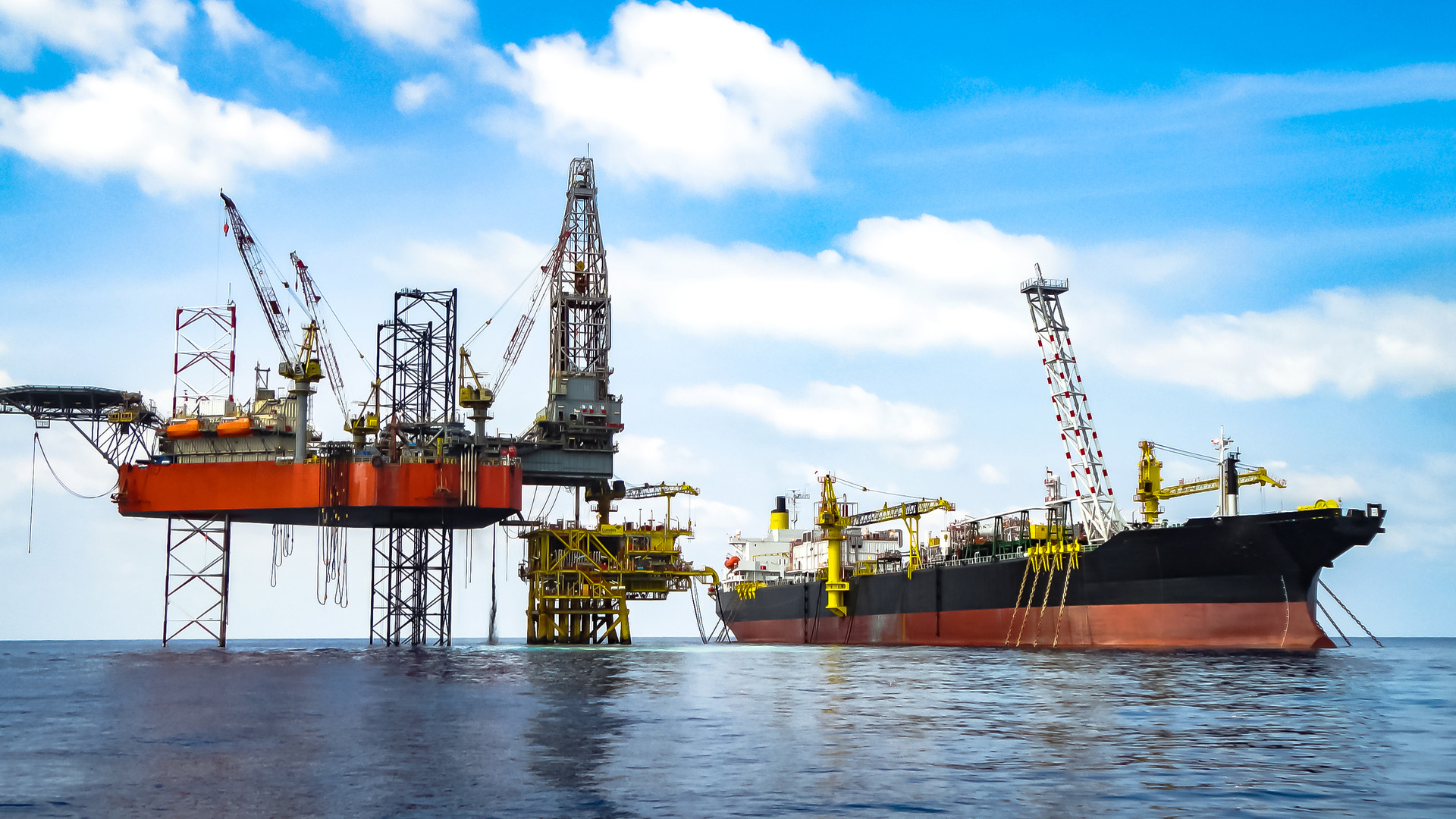
Publication
Global Asset Management Review: Issue 4
Welcome to the third issue of Global Asset Management Review.


Author:
United Kingdom | Publication | June 2022
First published with Riviera Maritime Media Ltd on 10 May 2022.
While the energy transition means that renewable and clean energy is a key focus, we cannot ignore that the world still relies heavily on oil and gas. As countries seek to secure their energy supply amidst the Ukraine crisis, a number of previously rejected oil and gas fields are now being reconsidered for development – though in as sustainable a way as possible… And FPSO operators are doing their bit.
FPSOs are being designed and upgraded to reduce their carbon footprint. The Oil and gas authorities are measuring their carbon dioxide tonne per barrel of oil produced when sanctioning new fields, and thus potentially driving forward change. We explore some of the ways that the carbon footprint of an FPSO can be reduced and the key drivers.
Flaring reduction: Gas is produced during the oil extraction process. It is usually burnt off (or flared) by the FPSO. This is for a combination of safety or regulatory reasons, but also because oil fields can be located in remote locations and there is simply no viable route to a local gas market. In 2015 the World Bank and the UN launched the Zero Flaring by 2030 (ZRF) initiative, which commits governments and oil companies to not routinely flare gas in any new oilfield development and end existing routine flaring by 2030 at the latest. Oil companies are now requiring their FPSOs to include closed flare systems, reinjection, the ability to use the gas for power generation or similar and are also penalising their FPSO providers to high levels of flaring through charter rate reductions.
Carbon capture: The emissions from FPSOs, like any vessel, can be reduced. FPSOs are being designed and are operating with carbon capture facilities on board, enabling certain emissions to be captured, liquefied, stored and offloaded. This does take up valuable space on deck an FPSO. However, there are future plans to create carbon capture storage facilities near oilfields and use shuttle tankers to remove and store the captured carbon.
Power generation: Offshore oilfield developments require serious infrastructure. Adding renewable energy sources to that infrastructure could enable FPSOs to run on green power which is locally generated. Floating offshore wind turbines alongside an FPSO or using tidal energy, either through power buoys (which use the wave movement to generate power) or underwater turbines to power FPSOs are all being explored.
Circular economy: FPSOs are complex and involve significant amounts of materials and engineering to build. Many FPSOs will be re-purposed several times in their lifetime to fit new fields. There is encouragement to use an existing FPSO for a new project rather than build a new unit. Some commentators go as far as to request that oil companies should design their field to the specifications of available FPSOs, rather than the other way round.
Realistic metrics: Measuring an FPSO by the tonne of CO2 it produces per barrel of oil allows third parties to distinguish between FPSOs and their effect on the environment Oil and gas authorities are already using this metric, but the financing and insurance community may well be next. If they apply these metrics to their pricing for debt/insurance products, they can encourage this type of innovation. It will also require oil companies to be willing to pay for the value created by a reduced carbon footprint and design their fields with these features included. It is likely the lessons learnt in the shipping industry, which has moved quickly in this respect, will be applied to the oil and gas sector
This is only the beginning of what can be done. FPSOs are a true feat of engineering when one considers the harsh environments and depths at which they operate. The FPSO companies have the expertise and creative minds to tackle this challenge and are already doing so. With the Oil and gas authorities driving change and a metric to measure success by, if oil companies and the financing/insurance community get on board, the FPSO industry may be able to do its bit as we transition towards cleaner energy.
As a firm, we will be watching this area with great interest. Our experience in relation to decarbonising and green financing of vessels will aid the industry as it develops.

Publication
Welcome to the third issue of Global Asset Management Review.
Publication
On 13 November 2025, the European Parliament adopted (subject to certain amendments) the substantive Omnibus Directive which was proposed by the European Commission on 26 February 2025 (see our previous briefing here). On 16 December 2025, the European Parliament adopted further proposed amendments.
Publication
In today’s fast-evolving legal landscape, litigation is becoming more complex, more international, and more strategic than ever before. Understanding the challenges, trends and lessons learned is critical for businesses and their litigation strategy and risk management.
Subscribe and stay up to date with the latest legal news, information and events . . .
© Norton Rose Fulbright LLP 2025